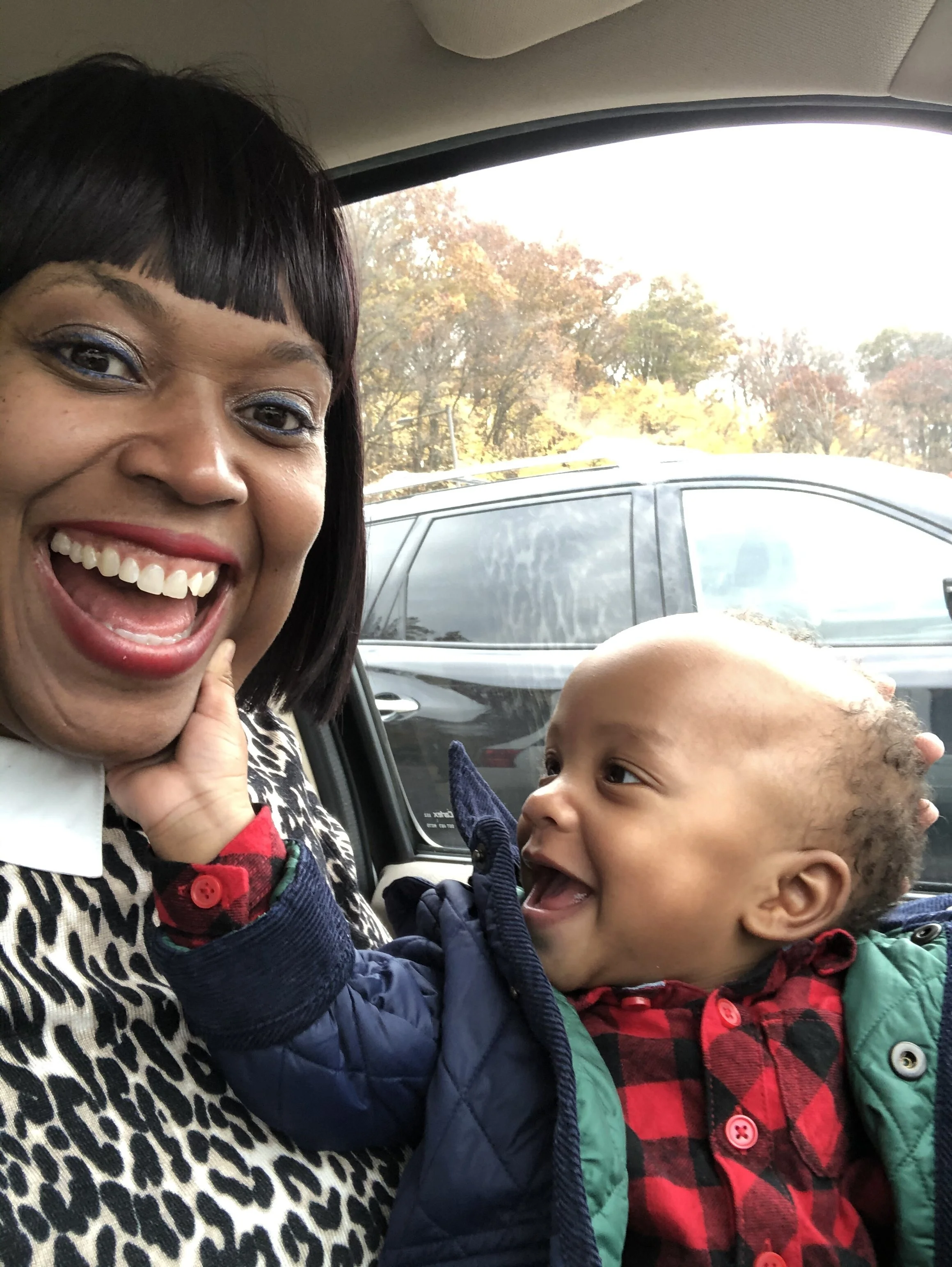Javana’s birth experience taught her some important lessons about self-advocacy and the current structure of maternal health in the United States. The gaps in education about options and the variance in how providers operate through the perinatal process led her down a road of challenges and fear.
Over thirty hours of labor started with mild, irregular contractions and pieces of her mucus plug releasing. Javana experienced irregular labor patterns that kept her home until her water broke. That shifted her mindset to watching the clock and did not feel like she her labor was intense enough to be in active labor. She attended her scheduled doctor's appointment and she was 2 cm dilated. Her doctors advised her to go to the hospital later in the day and suggested mid-afternoon. Arriving at the hospital led Javana down the cascade of interventions that started with an IV against her wishes. Labor started to feel isolating in that she felt alone and unsupported by her nursing team. Eventually, Javana accepted more interventions than she originally intended and an epidural helped her get some rest after being in labor for so long. Her most compassionate caregiver was the anesthesiologist, as he listened to her and talked her through the challenges of placing her epidural. After that the baby had some heart decelerations that concerned the care team. Javana was exhausted by the entire experience and she consented to a surgical birth.
After a challenging birth and hospital experience, Javana chose to honor herself in her motherhood with experiences of joy. She feels prepared to embark on her second birth with more knowledge and understanding of what could be.
Read More











